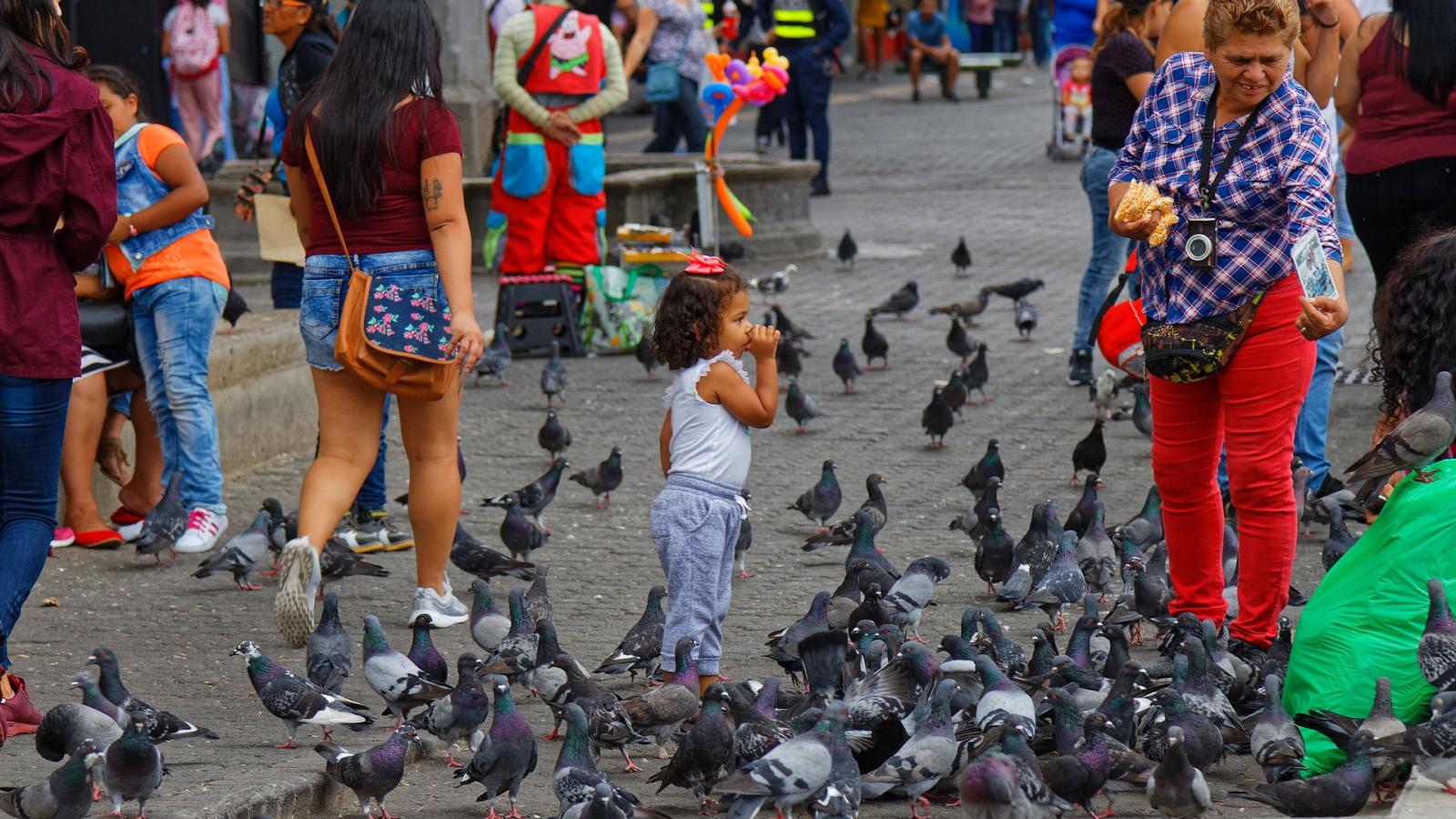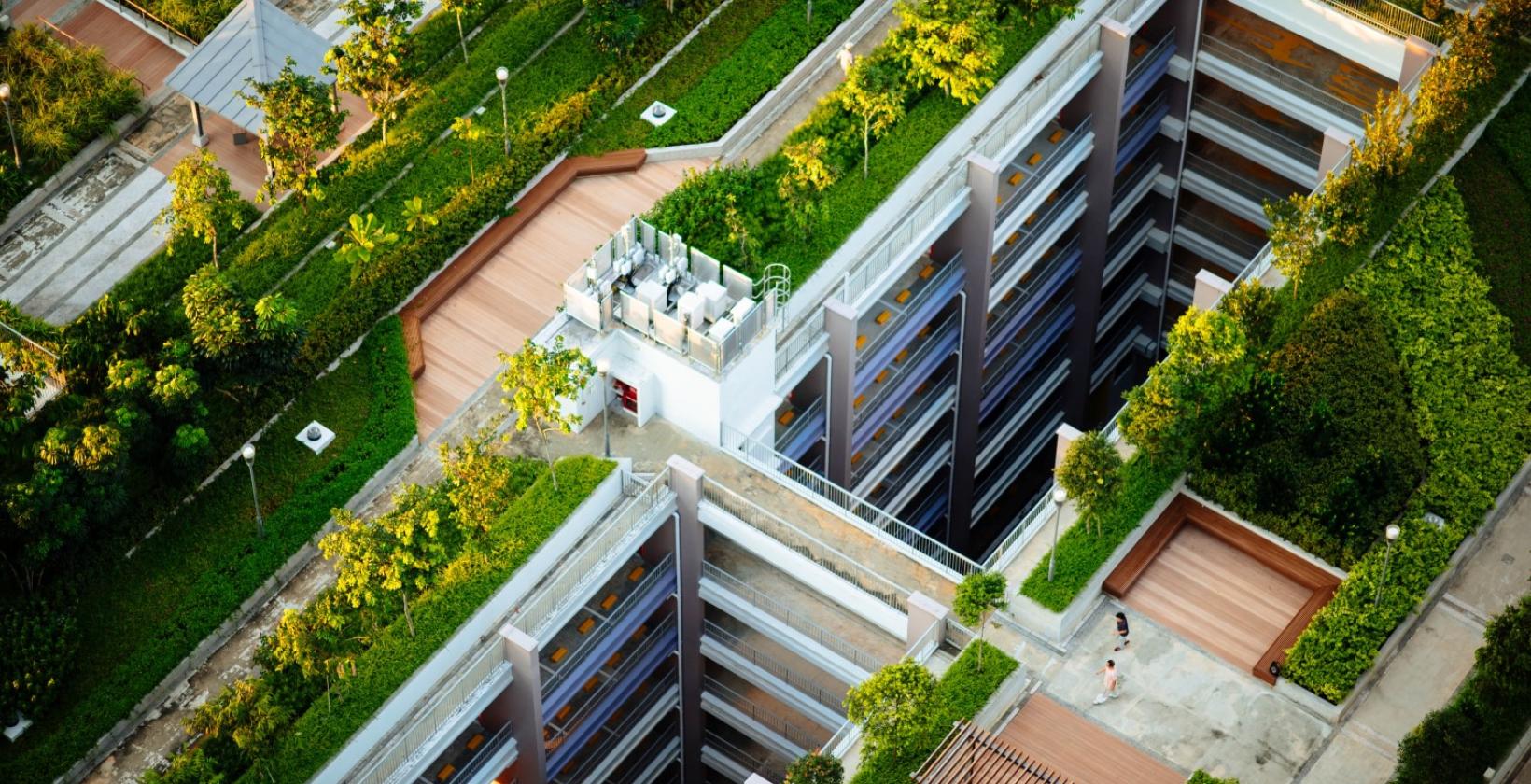City Spotlight
How Costa Rica’s capital is reimagining our urban future
We sat down with the Mayor of San José, Johnny Araya Monge, to discuss some of the city’s present challenges and how integrated planning is being put to work to make San José a greener and more inclusive place to live.
Afternoon scene in front of the famous National Theatre of Costa Rica in San José. Photo by Kerstin Wießer-Buchholz.
From record-breaking storms to floods and fires, perhaps more than any year before it, 2021 has underlined the position of our cities as frontlines in the global struggle to rebalance our relationship with nature.
United Nations Environment Programme (UNEP) research shows that while the COVID-19 pandemic has resulted in a temporary decline in greenhouse gas emissions, the world is heading for at least a 3°C temperature rise this century. The alarm has been sounded on the rapid decline of nature and what this means for the Sustainable Development Goals (SDGs).
One country that is taking on these lessons as it works to reimagine the future of its cities is Costa Rica. Building on a national commitment to ecological conservation and sustainable economic growth, today Costa Rica’s capital San José is taking bold steps to overcome a history of unplanned growth and transform itself into a model for sustainable urban development.
We sat down with the Mayor of San José, Johnny Araya Monge, to discuss some of the city’s present challenges and how integrated planning is being put to work to make San José a greener and more inclusive city.
How would you sum up the character, spirit and culture of San José and its people?

San José is a cosmopolitan, inclusive, and diverse city. The capital of Costa Rica retains its historical identity as a village that grew thanks to coffee production. The city's identity is linked to the values of Costa Rica - a country that maintains a place of honor internationally because of our commitment to democratic institutions, human rights and the preservation of natural heritage, freedom and peace.
Today, the strategic geographical position of the city and the warmth of its people make San José an attractive destination for tourism and investment.
What are the major changes you have observed in San José over the last 20 years?
In the last two decades, the city underwent renovations to modernize and humanize the urban space. For several decades, due to the absence of planning, urban sprawl grew out of control. This emptied the capital's central area of meaning and symbolic value.
Faced with this reality, an aggressive policy to rescue the city, based on a modern Urban Master Plan, has changed the physical landscape of the metropolis and revitalized the bonds of identity and affection that unite citizens with the capital.
The renovation of parks, the construction of over six kilometers of pedestrian walkways, the renewal of order and cleanliness, the creation of a Municipal Police force, and changes in urban planning regulations have made San José a very dynamic city.
In two decades, the capital has seen more than 100 modern towers rise - allowing the local government to demonstrate that vertical development, with mixed uses and high density, is the best way for San José to become a more competitive and livable city.
The future of San José as a compact and sustainable city is vital to meeting the ambitious goals of fighting the climate crisis and preserving the ecological heritage of the Central Valley, where it is located.
What are the main environmental and social challenges that San José faces today?
One of the most urgent challenges for San José is creating an effective, efficient and modern urban mobility system that will speed up the energy transition and contribute to urban regeneration. The municipality promoted bicycle lanes and pedestrian zones, but the central government must create a system of trains and streetcars that, together with new bus routes, will enable a sustainable public transport model.
Another priority for the city council is to attract investment and promote productive enterprises. The local government is currently developing the Technological City project, which aims to create a district that offers the best conditions for research, development and innovation in science and technology. This district will open training and employment opportunities, which is fundamental to tackle the growing economic gap.
In terms of resilience to disasters, the council has undertaken the rehabilitation of parks and green areas, urban tree planting, and the ecological restoration of the rivers, which will be decisive to avoid the serious consequences of climate change and extreme events, such as landslides and earthquakes.
Could you describe your city's sustainability goals and the progress made towards achieving them?
The four-year Municipal Development Plan, the basis of local governance until 2025, aligns its policies and plans with the SDGs. These promote urban development that generates disaster and climate change resilience, drives the energy transition, and concentrates efforts on protecting ecosystems and biodiversity. This plan seeks to improve access to public services, promote a green and inclusive economy for just distribution of wealth and catalyze the transition to a more deliberative, transparent, and direct democracy.
If you could transform three things in San José right now, what would they be?
International support and horizontal cooperation between local and regional governments on a global scale are crucial for advancing local development around the world. Considering the challenges facing San José, the city council is interested in issues of resilience to climate change, public-private financing models to implement major urban infrastructure works (such as public transportation) and projects to promote social and economic progress of the most vulnerable populations.
How important are the SDGs in making cities like San José cleaner, greener and more resource-efficient?
The SDGs have helped to guide urban management in San José, driving initiatives that show the right path for municipalities seeking to develop their jurisdictions in all aspects.
The first step for our democratic regimes to evolve and meet the needs of our citizens is to consolidate local governments to ensure more participatory, transparent and direct democratic models that offer people real solutions to their daily problems.
This democratic transition will encourage San José and other cities worldwide to manage their resources more sustainably, promoting societies that are more aware of the need to protect the environment, and are more equitable and humane.
How can international organizations and national governments support your city to become more sustainable and inclusive?
The future of democracy involves decentralization and the transfer of resources and competencies from central states to modern local governments that are connected to the needs of a citizenry that is demanding change.
In the second decade of this 21st century, most of the human population will live in megacities that are growing out of control, damaging the health of the planet and its inhabitants.
To build more resilient, humane and sustainable cities, we must provide local governments with the tools to promote socially and environmentally sustainable development initiatives, which lay the foundations for a new urban paradigm – cities that are integrated as living and dynamic entities in a global ecosystem.
San José is one of more than 20 cities across Asia, Africa and Latin America working towards a resilient, inclusive, low-carbon urban future as part of UrbanShift, a new Global Environment Facility funded initiative, led by UNEP in partnership with the World Resources Institute (WRI), C40 Cities (C40), ICLEI - Local Governments for Sustainability (ICLEI), the United Nations Development Programme (UNDP), the World Bank, and the Asian Development Bank (ADB).
Read more
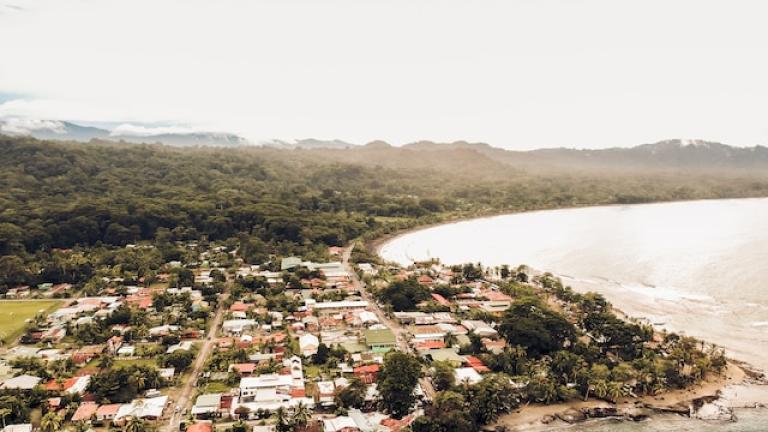
First National Dialogue for Costa Rica
Over 100 representatives spanning multiple sectors and levels of government convened to discuss Costa Rica's efforts to transition to a green economy.
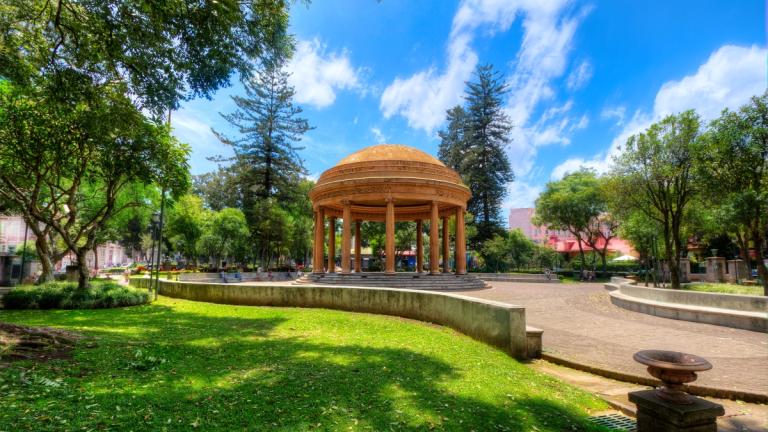
Strategic City Planning with Nature: Assessing Urban Biodiversity in San José, Costa Rica
UrbanShift’s geospatial analysis for the San José metropolitan region will support urban actors to incorporate biodiversity into planning mechanisms and transform decision-making processes toward valuing the benefits of nature.
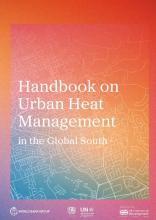
Handbook on Urban Heat Management in the Global South
The Handbook helps cities take action by offering practical guidance to assess heat risk, plan resilience strategies, and implement solutions such as green infrastructure, passive cooling, and sustainable cooling systems.
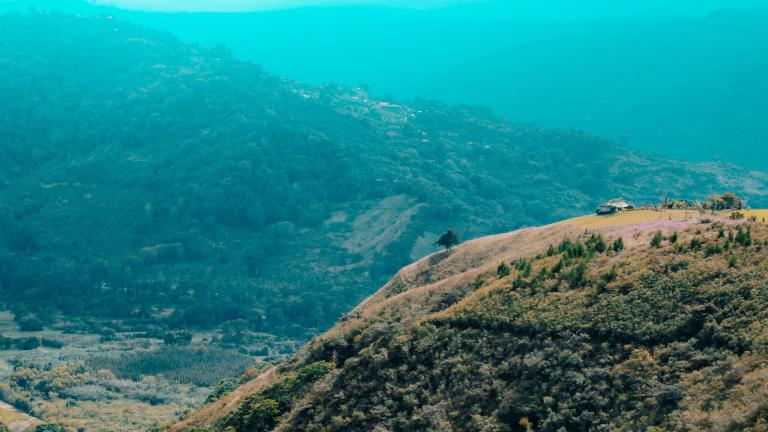
Second National-Local Dialogue for Costa Rica
The dialogue brings together local and international experts to tackle urban flooding through knowledge exchange, hands-on workshops, and policy discussions.
